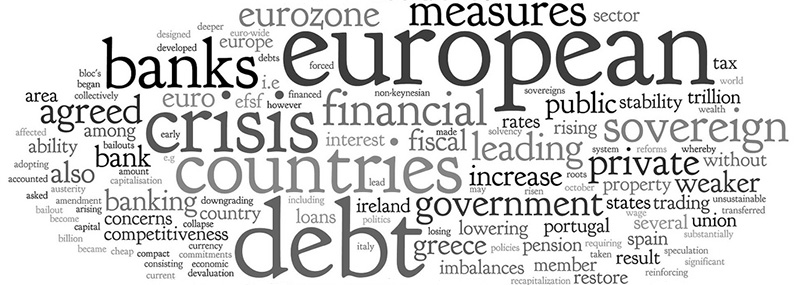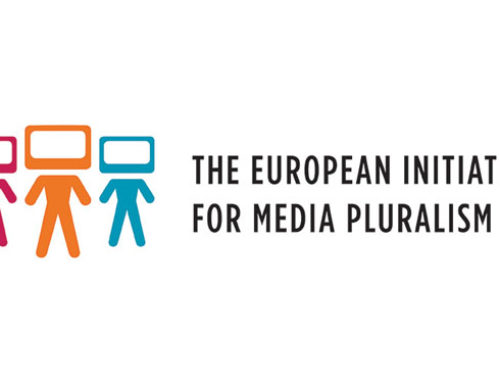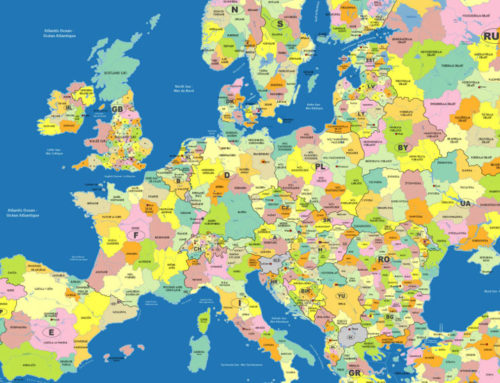Towards the end of the European welfare state?

While the economic crisis continues to rage across Europe, the European Commission wants to launch a 7 year controversial 2.5 billion euro poverty fund to help the most deprived citizens. The question remains a sore issue in the debate about the EU budget.
European construction was put in place to ensure peace thanks to the interdependence of national economies and their development within a single market, the historic success of this project is now being questioned.
Nowadays Europe has become a place where poverty and inequality continue to grow. Today, 120 million people in the EU are poor. Among them, the poorest 40 million suffer from food deprivation.
The European Commission recently proposed to establish a new €2.5 billion EU Fund in favour of the most deprived.
“This would provide tangible aid to Europe’s most vulnerable people and demonstrate EU solidarity with the weakest and worst affected by the economic and social crisis” said László Andor, Social Affairs and Inclusion Commissioner.
The new Fund aims to replace and be built upon the Food Distribution programme for the Most Deprived Persons (MDP), which has been operating since 1987 and will end in December 2013. Basically it will support national programmes through organisations such as food banks, NGOs and public bodies. Poorest citizens, homeless people and children from severe deprived homes will be provided with food and essential household goods.
The plan has immediately been criticised by some Member States: Germany, UK and Sweden consider that helping the poor is by essence a national, not an EU policy. The question is now at the heart of the negotiation on the 2014-2020 EU Budget.
The financial crisis and the ensuing national austerity policies have meant that millions of Europeans are having a tough time putting food on the table, according to the Red Cross. The humanitarian organisation now fears that popular uprising in Northern African countries might now spread to southern Europe. The international aid organisation highlighted that their Greek colleagues are on the brink of bankruptcy and the annual collections in Spain were used for the country’s own poor.
But the issue is not limited to southern European countries. Denmark, for instance, has also witnessed an increase in the number of people living below the poverty line. According to the most recent EU statistics, figures show that roughly 438.000 (on a total of 5.543.453) Danish citizens now live below the poverty line, up from 4 % in 2001.
In principle, the European Parliament and Council will finally have to approve the new Fund. To those fundamentally questioning its existence some EP members swiftly reacted: “If you do the math, said one, 2.5 billion euros dedicated to 40 million of the poorest Europeans – over seven years – translates into a mere 9€ a year per person”.
_________________
Background:
There are 25.4 million children at risk of poverty or social exclusion in the EU. Overall, children are at greater risk of poverty or social exclusion than the rest of the population (27 % against 23 % for the total population). This exposes them to material deprivation going beyond malnutrition. For example, 5.7 million children cannot afford new clothes and 4.7 million do not have two pairs of properly fitting shoes (including a pair of all-weather shoes). Children suffering from material deprivation are more likely than their better-off peers to do badly in school, experience poor health and fail to realise their full potential as adults.




